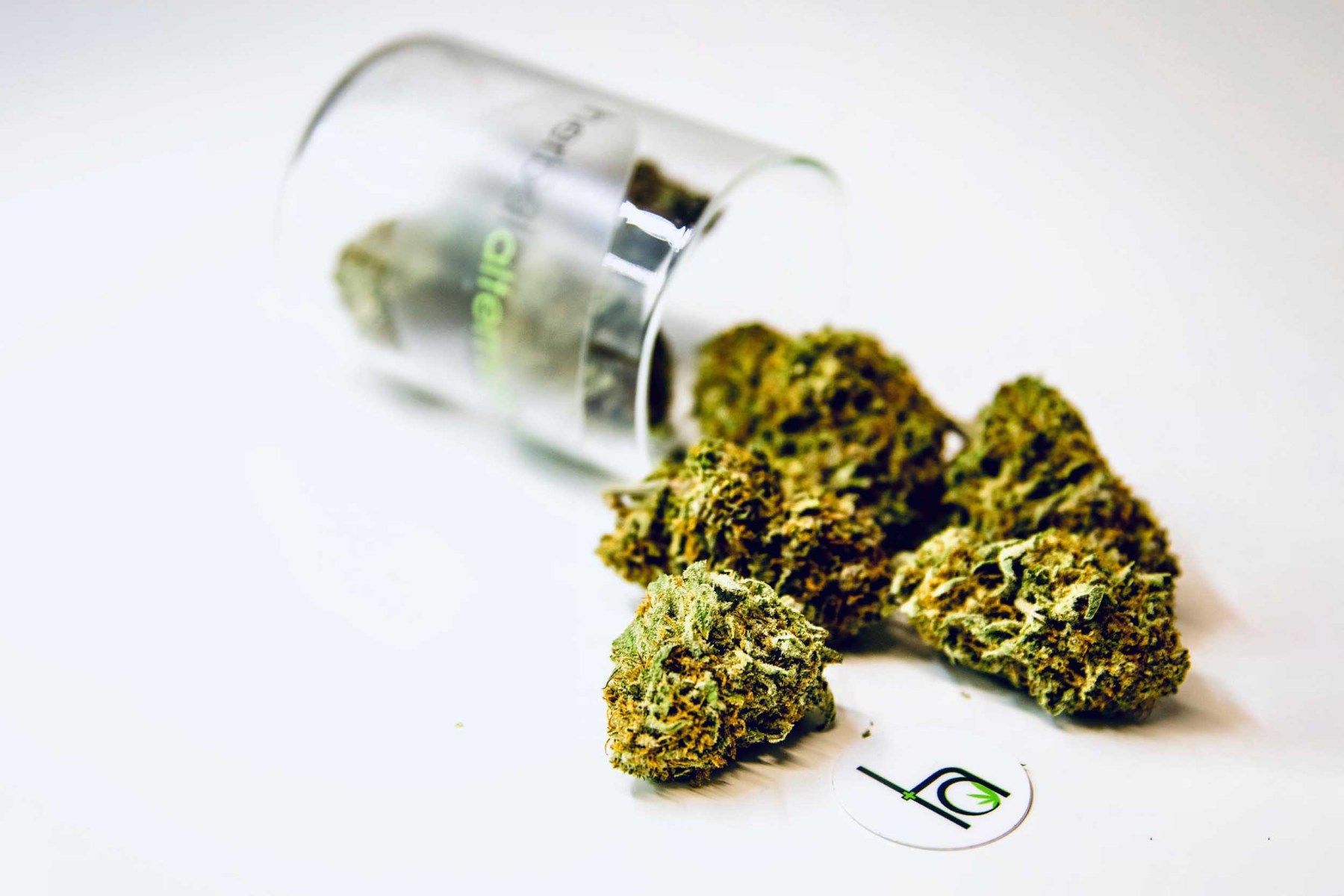Cannabis in the treatment of epilepsy is inconclusive on consideration of insufficient evidence. Nausea and sickness due to chemotherapy may be ameliorated by oral cannabis. A decrease in the extent of pain in patients with persistent pain is just a likely result for the use of cannabis. Spasticity in Multiple Sclerosis (MS) people was noted as improvements in symptoms. Increase in hunger and reduction in weight reduction in HIV/ADS patients has been revealed in confined evidence. According to restricted evidence weed is useless in the treating glaucoma.
On the foundation of restricted evidence, weed is effective in the treatment of Tourette syndrome. Post-traumatic disorder has been helped by pot within a described trial. Limited statistical evidence points to raised outcomes for traumatic mind injury. There is inadequate evidence to declare that marijuana might help Parkinson’s disease. Limited evidence dashed hopes that marijuana could help improve the outward indications of dementia sufferers. Confined mathematical evidence can be found to support an association between smoking marijuana and center attack.
On the cornerstone of limited evidence cannabis is inadequate to deal with depression. The evidence for decreased risk of metabolic dilemmas (diabetes etc) is restricted and statistical. Cultural anxiety disorders could be helped by marijuana, even though the evidence is limited. Asthma and pot use isn’t effectively reinforced by the evidence possibly for or against. Post-traumatic disorder has been served by weed in a single described trial. A conclusion that marijuana can help schizophrenia patients can’t be reinforced or refuted on the basis of the limited character of the evidence.
There is average evidence that greater short-term rest outcomes for disturbed rest individuals. Pregnancy and smoking weed are correlated with paid down beginning weight of the infant. The evidence for stroke brought on by pot use is restricted and statistical. Dependency to cannabis and gateway issues are complicated, taking into consideration several variables that are beyond the range of this buy carts 24/7. These issues are completely discussed in the NAP report.
The evidence suggests that smoking cannabis does not raise the risk for many cancers (i.e., lung, mind and neck) in adults. There’s humble evidence that cannabis use is related to one subtype of testicular cancer. There’s minimal evidence that parental cannabis use throughout pregnancy is connected with higher cancer risk in offspring. Smoking cannabis on a typical base is associated with chronic cough and phlegm production. Quitting weed smoking will probably lower chronic cough and phlegm production. It’s cloudy whether cannabis use is associated with chronic obstructive pulmonary condition, asthma, or worsened lung function.
There exists a paucity of data on the effects of weed or cannabinoid-based therapeutics on the human immune system. There’s insufficient knowledge to bring overarching findings concerning the consequences of cannabis smoke or cannabinoids on immune competence. There is confined evidence to claim that regular contact with cannabis smoke may have anti-inflammatory activity. There is inadequate evidence to guide or refute a statistical association between pot or cannabinoid use and negative effects on resistant status in people with HIV.
Weed use ahead of driving increases the danger of being involved with a generator vehicle accident. In claims wherever pot use is legitimate, there’s increased risk of unintentional weed overdose incidents among children. It’s uncertain whether and how pot use is associated with all-cause mortality or with occupational injury. New marijuana use impairs the efficiency in cognitive domains of understanding, memory, and attention. New use may be defined as pot use within twenty four hours of evaluation.
